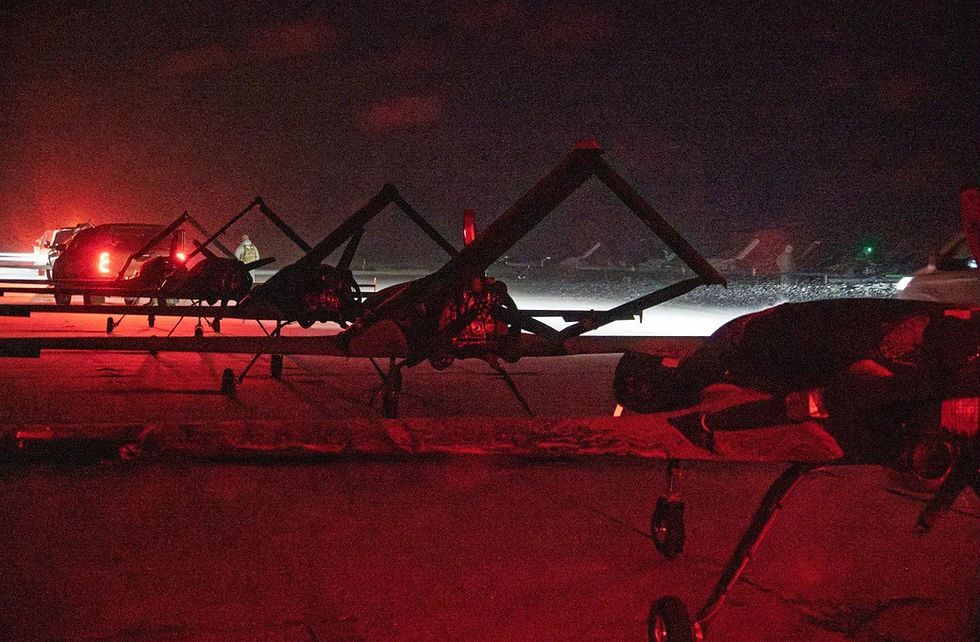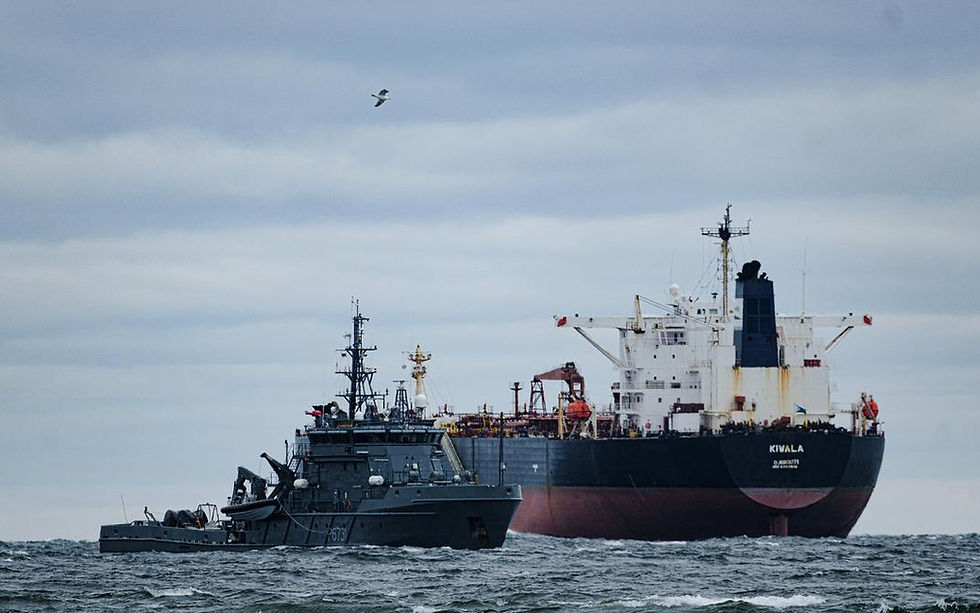Pick and Mix: Ukraine Opens an Amazon for Weaponry
- Res Publica

- Sep 16, 2025
- 3 min read
Allowing army officers to order the kit they need, when they need it, has revolutionized Ukrainian procurement and dramatically improved supply at the front.

The new procurement system marks a major step away from Soviet-style centralized bureaucracy and was a response to the logistical challenges of Kyiv’s war of attrition against Russia. It also reflected a shift in combat operations from massive mechanized attacks to increasingly flexible tactics using unmanned aerial vehicles (UAVs).
Drones are causing about 80% of damage to enemy equipment and manpower, and have effectively become the main tool of war. Rapidly changing frontline threats mean commanders needed to get specific equipment to meet specific threats, and fast.
The answer was to put procurement in their hands.
Success in war is determined by a combination of factors, among which adaptation to new challenges, technological superiority, and efficient logistics are of paramount importance. The change in procurement is intended to serve all three.
The development of military technologies has been accelerated by the war, with the cycle for creating new models or improving existing ones cut to 3-4 months. As a result, the army has needed to adapt quickly to provide a continuous and timely supply of equipment to the frontline in the required volumes and specifications.
Before it was decentralized, the Ukrainian state system of arms procurement and supply could not keep pace with the needs of the battlefield or technological progress. And delays in delivery meant drones and other equipment were out of date by the time they reached the front.
Ukraine’s President Volodymyr Zelenskyy decided that arms procurement would be moved away from the center, shortening the time between order and delivery. Responsibility for the task was assigned to Colonel Pavlo Palisa, a former brigadier of 93 Separate Mechanized Brigade, who was chosen for his understanding of the frontline.
The decentralization program allows unit commanders to purchase the necessary kit — from drones and ground robotic systems to electronic warfare equipment — so they can choose the appropriate “consumable” resources for the terrain they are fighting on and the threats they face.
In six months, about $312m has been allocated, with units receiving a fixed monthly amount for drones and other equipment. Brigades get $650,000 while regiments are allocated as much as $385,000.
Military units have become 40% more effective at destroying enemy targets with the help of the program, according to Colonel Pavlo Palisa. They are able to test new developments and technologies in real time and quickly adapt equipment to their needs.
Innovation is so fast, especially in the field of electronic warfare, that technologies which were state-of-the-art in January were already losing their effectiveness in March, according to Volodymyr Shchur, commander of the unmanned systems battalion of 35 Separate Marine Brigade.
“Previously, we had to modify drones ourselves, which took time and money. Now they arrive in 10–15 days,” he said.
Information can be passed quickly to equipment manufacturers to outline a specific problem or need, leading to further improvement and development of weapons and significantly increased combat capability.
Following the success of the program, the decentralized approach has been extended beyond drones and electronic warfare equipment to include the direct purchase of vehicles, which are constantly targeted in enemy attacks.
The revolution on the battlefield has also boosted Ukraine’s defense industry, which has a relentless focus on the development of strike drones, marine drones, ground robotic systems, electronic warfare and reconnaissance systems, as well as the means for countering them.
Getting real-time data and requests for kits directly from the frontline helps manufacturers to innovate and eliminate obsolete technology.
Kyiv still centralizes the supply of slower-developing sectors of arms manufacturing, such as ammunition, artillery, and armored vehicles, while missile programs combine state oversight with private producers.
Ukraine’s experience and example are invaluable for NATO, in particular for preparing its members’ own armies and procurement structures for new challenges. With the threat of Russia being felt across Europe and drones being spotted in NATO airspace, the lesson of speed and sensitivity to the needs of the combat soldier must be learned.
By Serhii Kuzan. Serhii Kuzan is Chairman of the Ukrainian Security and Cooperation Center (USCC). He formerly served as an adviser to the Ukrainian Ministry of Defense (2022-2023) and as an advisor to the Secretary of Ukraine’s National Security and Defense Council (2014). Article first time published on CEPA web page. Prepared for publication by volunteers from the Res Publica - The Center for Civil Resistance.





Comments